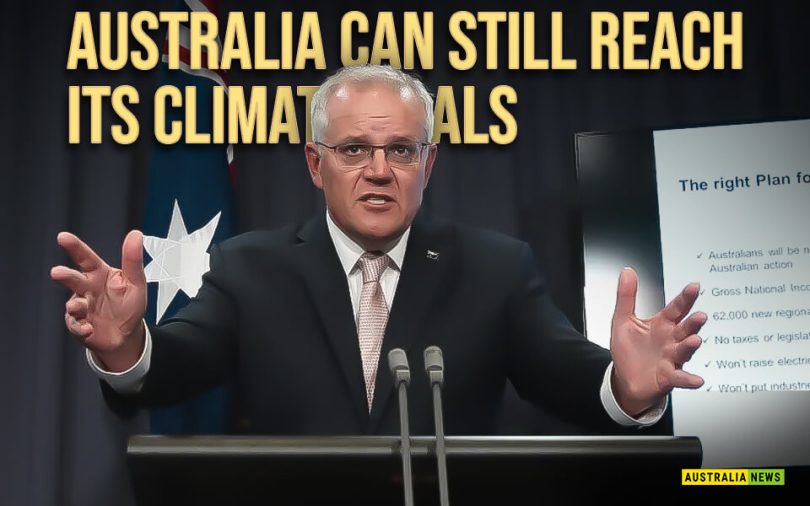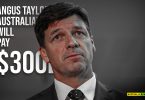Australia is on the right path to having one of the most varied and lowest-carbon electricity grids globally, but recent modeling reveals more heavy spending on renewable energy, carbon capture and hydrogen is needed to preserve the nation’s 2050 net-zero emissions target.
According to the most recent outlook report for Australia by BloombergNEF, an energy research firm, their base-case scenario predicts significant growth in wind, solar, and battery technologies. This scenario, which is considered the most likely and cost-effective outcome based on current climate policies, indicates that these renewable energy sources will expand by 6.5 times compared to their present levels by the year 2050. This growth is expected to occur as a response to the increasing economic challenges faced by Australia’s aging fleet of coal- and gas-fired power plants.
“As a result, emissions from the power sector fall 85 per cent from 160 million metric tonnes of carbon dioxide on 2022 to 23 million tonnes in 2050 – the biggest contributor to Australia’s economy-wide emissions reduction during this period,” it said.
Expenses across low-carbon power assets, infrastructure for change, electric vehicles, decarbonizing buildings, and massive industry will probably run to $1.2 trillion from 2022 to 2050, the report recommends—a mean of $42 billion annually.
However, much more decisive action and expenditure would be needed for Australia to reach its target of becoming a “net-zero” emitter by 2050 and adhere to the Paris Agreement’s goal of keeping global temperature rises well below 2 degrees to help prevent the most severe effects of climate change.
According to this scenario, the national energy system would need to receive investments totaling up to $1.9 trillion, or an average of $68 billion annually.
By 2050, Australia would need to install 300 gigawatts of solar and wind energy, which is 102 gigawatts above the base-case scenario, and also 74 gigawatts of “dispatchable” capacity, like batteries, pumped hydro, hydrogen-fired gas plants, and quick-start gas plants combined with carbon capture and storage.
Leonard Quong, the head of research for Australia at BloombergNEF, said the nation had made significant efforts in recent years to change its reputation as a “climate laggard” on a global scale.
“But the country will need to reform existing policies and energy-market design to accelerate investment in both technologies and workforce needed for the transition if it is to realise the low-carbon opportunities that lay ahead,” Quong stated.
In its controversial net-zero scenario, BloombergNEF involves roughly 14 gigawatts of coal-fired power along with carbon capture and storage, which it claims would function like a “very expensive insurance policy” by being ready to supply the grid when more supply is urgently required.
This is due to higher rates of electrification across the economy, and the requirement for more renewable energy to produce hydrogen will boost demand for on-demand power to complement the vastly greater roll-out of wind and solar.
However, Quong recognizes that any role for coal in a net-zero power system is by no means a sure thing since it would be “politically and socially complicated… and ultimately challenging”.</p.
- Published By Team Australia News








